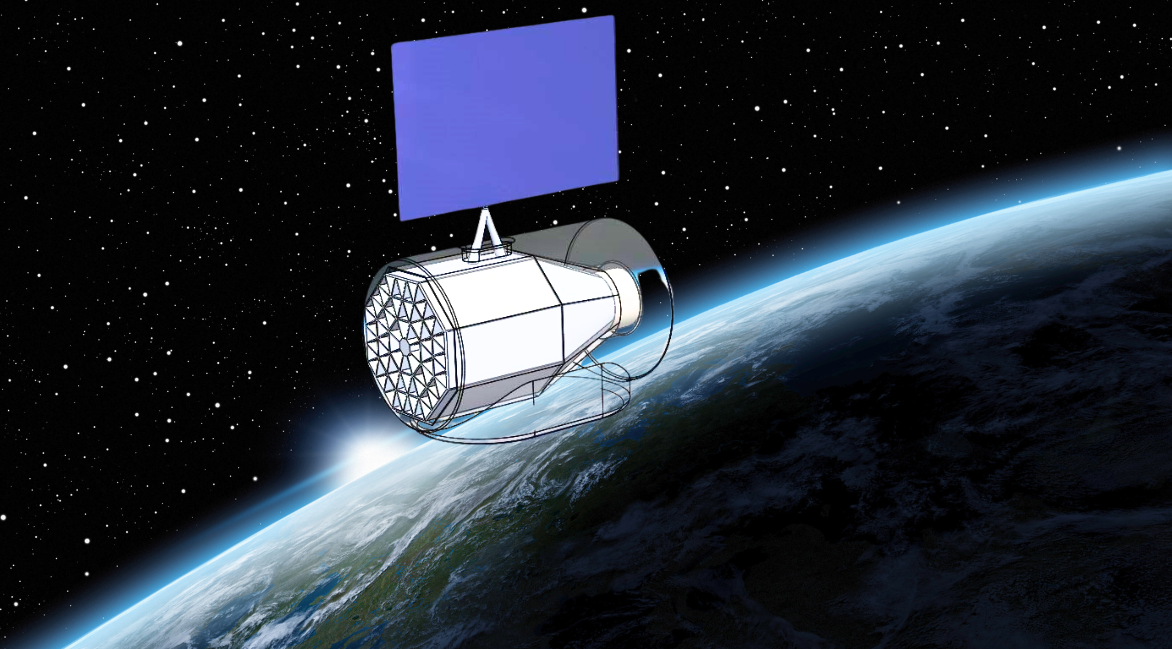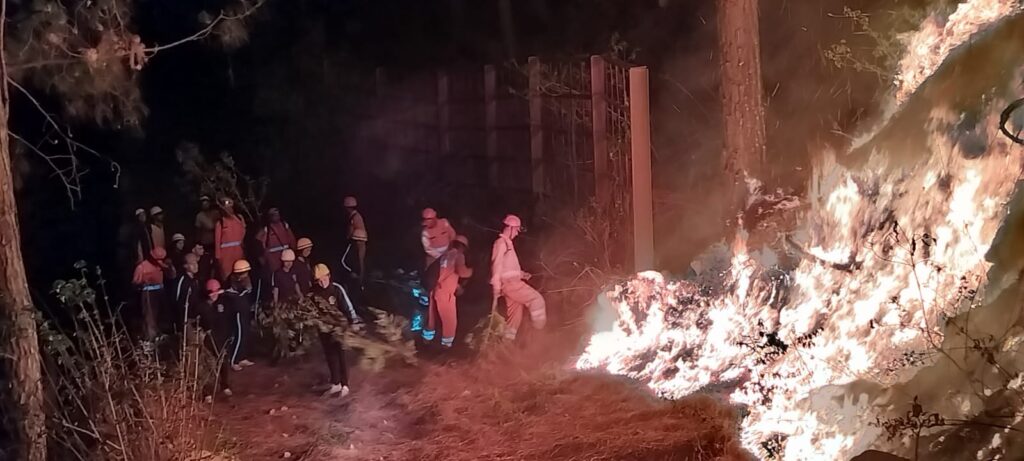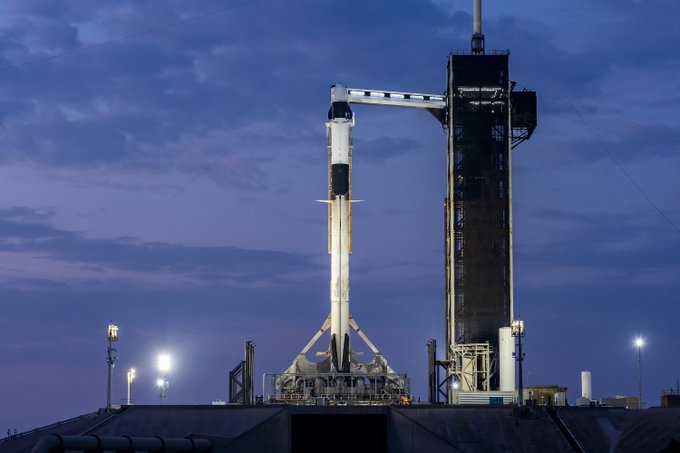The British Space Agency has awarded scientists at the University of Surrey a grant of £250,000 to develop an extremely low orbit propulsion system that captures air in the highest layers of the atmosphere and converts it into fuel. If this new thruster proves effective, it could keep satellites in orbit for years using only solar power and captured fuel.
EXTREMELY LOW ORBIT PROPULSION SYSTEM BASED ON EXISTING ELECTRIC PROPULSION SYSTEMS
Since the early days of the space age, all satellites and spacecraft have been launched aboard traditional chemical rockets. However, once in orbit, most satellites require very little thrust to maneuver, paving the way for alternatives to chemical propulsion.
Recently developed electric propulsion systems combine electrical energy and propellant to generate low-power thrust capable of moving satellites in their orbital plane. The advantages of these systems, including ion thrusters and Hall effect thrusters, are twofold. Firstly, a significant amount of energy is generated by electrical power, which can be collected using solar panels.
Secondly, the highly efficient nature of these engines allows mission planners to reduce the amount of propellant needed to generate thrust. In most cases, the propellant is a gas such as xenon. However, some more exotic versions include an electric thruster that uses liquid metal and another that operates on water vapor.
A solar electric thruster that uses heat generated by concentrated sunlight to heat onboard gas to create thrust. However, all of these designs require the propellant mass to be carried aboard the satellite.
Now, the British Space Agency asserts that it is time to explore means of collecting both electrical energy and propellant mass in orbit. Enter the extremely low orbit propulsion system.
Similar Post
EXTRACTING GASSES FROM THIN AIR
To realize the dream of a self-sufficient thruster capable of collecting both its electrical energy and propellant in orbit, the Surrey team states that it is exploring how to capture gases in the thinnest parts of the Earth’s atmosphere and convert them into usable fuel.
According to Dr. Mansur Tisaev, who recently earned his doctorate at the Surrey Space Centre, this has led the team to create its own specialized equipment and components that did not previously exist.
“We’ve been developing a cathode, or neutraliser, to work in electrostatic thrusters operating in the thin air found in ultra-low Earth orbit.,” explained Tisaev. “By collecting and compressing the gases at that altitude, we can create a propellant flow that is ionised (i.e., transformed into a mix of charged particles) and accelerated using combinations of electric and magnetic fields, harnessing electrical power from solar panels.”
The University of Surrey is pioneering this new approach to power spacecraft in low orbit using air as propellant. Financed by the British Space Agency, this initiative from the Surrey Space Centre aims to facilitate operations of spacecraft at extremely low altitudes in the upper atmosphere. This innovative spacecraft design is expected to advance Earth observation, climate monitoring, and satellite communications
According to Dr. Andrea Lucca Fabris, lead researcher at the Surrey Space Centre and expert in electric propulsion, the new system will enable high-resolution Earth observations and faster telecommunications. “There are benefits to flying in very low altitude orbits, like being able to operate Earth observation at much higher resolutions than offered at present,” Dr. Fabris stated.
It could also mean faster telecommunications, and it opens the door to new scientific discoveries about conditions in the ionosphere, which could help develop more accurate atmospheric models. Dr Andrea added.
Next Steps Before Launch
Traditional spacecraft in low Earth orbit operate in a vacuum, requiring different design and propulsion considerations than those needed for the thin air of very low altitude orbits. An air-breathing electric propulsion engine, which uses atmospheric air as propellant for an electric thruster, is under development to address these challenges. This technology facilitates drag compensation, helping maintain the spacecraft’s altitude without the need for onboard propellant storage, potentially extending mission lifetimes.
The British Space Agency has allocated £250,000 to support a one-year project to develop and test this concept, which includes propulsion tests, orbital mechanics analyses, and aerodynamic simulations.
















